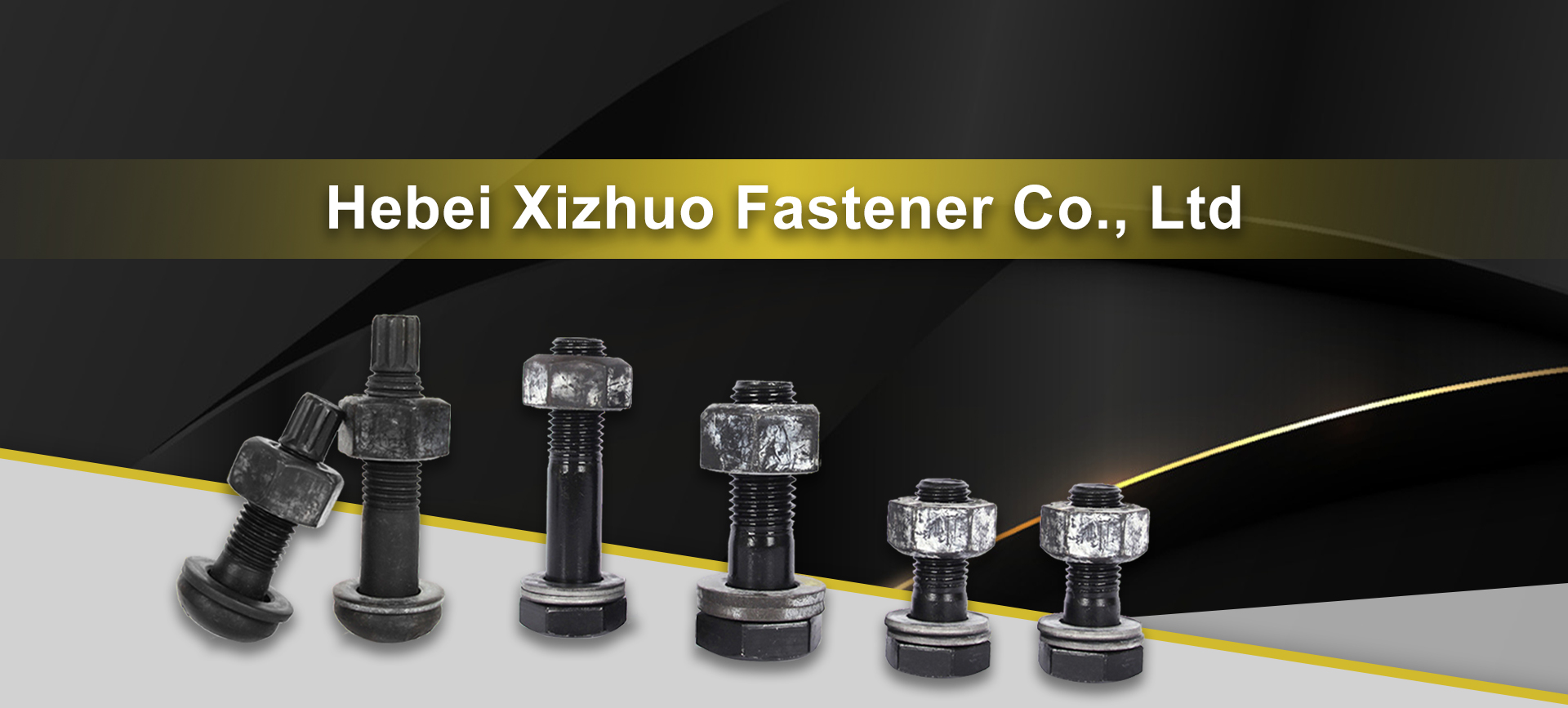Expanding the Concept of Wedge Anchors for Enhanced Stability and Performance
The Expansion Wedge Anchor An Essential Tool in Construction and Engineering
In the realms of construction and engineering, the choice of anchors is pivotal for ensuring the stability and durability of structures. Among the various types of anchors available, the expansion wedge anchor has gained significant popularity due to its strength, versatility, and ease of use. This article will delve into the characteristics, applications, installation processes, and advantages of expansion wedge anchors, providing insights into why they are an essential tool in modern engineering.
What is an Expansion Wedge Anchor?
An expansion wedge anchor is a type of mechanical anchor used to secure objects to concrete. It consists of a threaded bolt, a cone, and one or more wedges. This innovative design allows the anchor to expand upon installation, creating a strong grip within the concrete substrate. The key to its effectiveness lies in the conical shape of the anchor, which permits the wedges to drive outward as the bolt is tightened. This expansion mechanism creates a friction fit that holds the anchor securely in place.
Applications
Expansion wedge anchors are widely used in various applications, from light-duty tasks to heavy-duty installations. They are frequently employed in the construction of buildings, bridges, and other infrastructures where structural integrity is paramount. Common uses include securing machinery, handrails, electrical boxes, and shelves. Given their robustness, they are particularly favored for outdoor and high-stress applications, such as anchoring playground equipment or securing heavy equipment in industrial settings.
Installation Process
expansion wedge anchor

The installation process for expansion wedge anchors is straightforward, making them accessible even for those who may not have extensive experience with construction. The steps typically involve
1. Drilling a Hole A hole is drilled into the concrete or masonry surface using a hammer drill and appropriately sized drill bit. 2. Cleaning the Hole Removing debris and dust from the hole is critical for ensuring a proper grip. 3. Inserting the Anchor The wedge anchor is inserted into the drilled hole. 4. Tightening the Bolt A wrench is then used to tighten the bolt, which in turn drives the cone and wedges outward against the walls of the hole. 5. Final Inspection Once installed, the anchor should be inspected to ensure it is secure.
Advantages
There are several advantages to using expansion wedge anchors. Firstly, their expansion mechanism allows for high load-bearing capacities, making them suitable for a wide range of applications. Additionally, they are resistant to pull-out forces, corrosion, and shear forces when properly installed.
Another significant benefit is versatility; they can be used in various types of concrete, including lightweight and standard-density concrete. Furthermore, they are readily available in different lengths and diameters, allowing for flexibility based on project requirements.
Conclusion
The expansion wedge anchor stands out as a vital component in the construction and engineering landscape. Its effective design and adaptability make it a reliable choice for securing materials and ensuring the longevity of structures. As construction methods evolve and the demand for durable, high-quality anchoring systems increases, the expansion wedge anchor will undoubtedly remain a cornerstone of engineering solutions. Understanding its benefits and proper installation techniques will empower contractors and builders to achieve greater success in their projects, ensuring safety and reliability for years to come.
-
Wedge Anchor Bolts: Secure Fastening SolutionsNoticiasAug.05,2025
-
Insulation Fixings: Secure and Durable SolutionsNoticiasAug.05,2025
-
Full Threaded Studs: Versatile Fastening SolutionsNoticiasAug.05,2025
-
Expanding Fasteners: Secure and Reliable SolutionsNoticiasAug.05,2025
-
Butterfly Toggle Anchors: Secure and Easy to UseNoticiasAug.05,2025
-
Bracing Solutions for Steel StructuresNoticiasAug.05,2025
